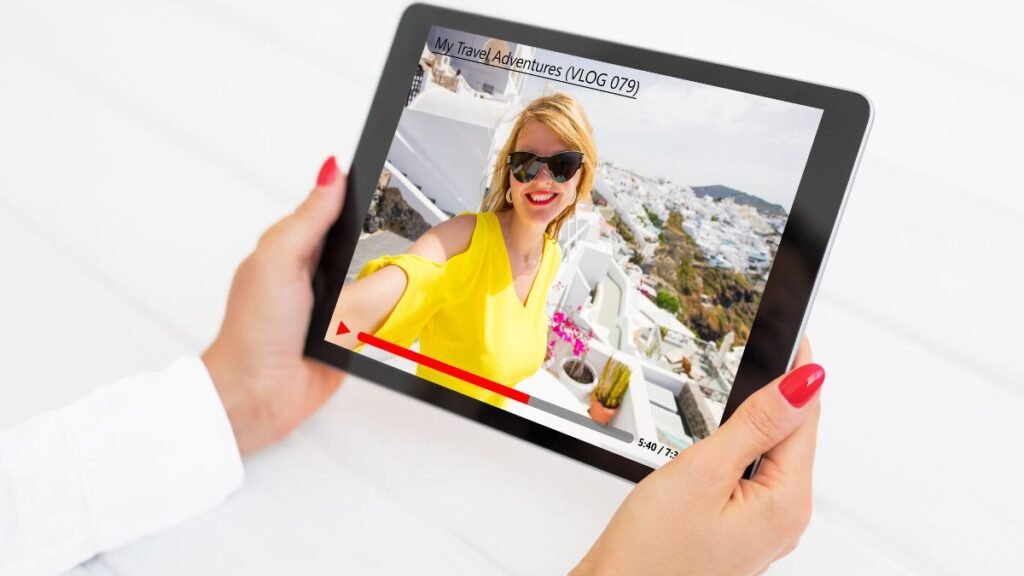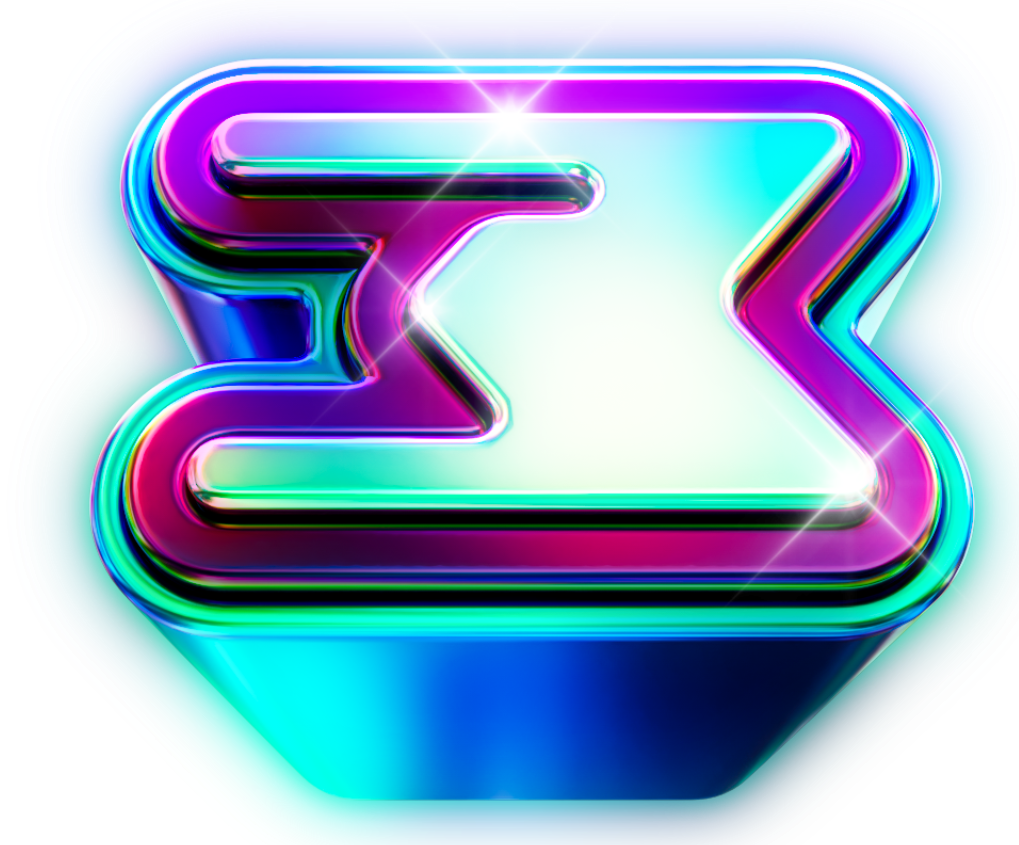The question “Is YouTube Social Media?” might surprise you. After all, YouTube is synonymous with online videos, not friend requests and newsfeeds. But dig a little deeper, and you’ll discover a vibrant social aspect lurking beneath the surface. From fostering communities around shared interests to enabling real-time interaction, YouTube offers surprising social features that blur the lines between the video-sharing platforms and the social media giant.
Let’s delve into the world of YouTube and explore whether it truly qualifies as social media.
What is Social Media?
Before we delve into YouTube’s social aspects, let’s establish a clear understanding of social media itself. Social media platforms are essentially online spaces that enable users to create and share content, interact with each other, and build communities around shared interests.
Here are some key characteristics that define social media:
- User-generated content: Users can upload and share their creations, such as text, photos, and videos.
- Interaction: Users can engage with each other through comments, likes, shares, and direct messages.
- Community building: Users can connect with others who share their interests, forming online communities.
- Content discovery: Platforms often have algorithms that help users discover new content based on their preferences and activity.
Is YouTube Social Media or Not?
The Case for YouTube as Social Media
Now, let’s see how YouTube stacks up against these defining features of social media:
- User-generated content: YouTube is a prime example of a platform driven by user-generated content. Anyone can create a channel, upload videos, and share them with the world. This fosters a diverse range of content, from educational tutorials to comedic sketches to musical performances.
- Interaction features: YouTube goes beyond simply watching videos. Users can actively engage with content through likes, dislikes, and comments. Creators can respond to comments, fostering a two-way conversation and building a connection with their audience. Additionally, features like live streaming allow for real-time interaction between creators and viewers.
- Community building: Channels act as hubs for communities to gather around shared interests. Viewers can subscribe to channels they enjoy, creating a sense of loyalty and belonging. Comment sections often transform into discussion forums where viewers interact, debate, and share opinions about the videos.
- Potential for virality: Just like any other social media platform, YouTube content has the potential to go viral. Videos can be easily shared across social media platforms and messaging apps, reaching a vast audience in a short time. This virality can propel both creators and content to immense popularity.

Arguments Against YouTube as Social Media
While YouTube exhibits many characteristics of social media, there are some who argue it doesn’t fully fit the mold:
- Focus on content consumption: Compared to platforms like Facebook or Twitter, YouTube leans more towards content consumption. Watching videos can be a relatively passive experience compared to the constant back-and-forth interaction on other social media platforms.
- Limited direct messaging: While comments offer a form of interaction, YouTube lacks the robust direct messaging features present in other social media platforms. This can limit the ability to have private conversations and build more intimate connections.
Conclusion
So, is YouTube social media? The answer is a resounding yes. Despite some differences, YouTube fulfills the core functions of social media – enabling user-generated content, fostering interaction, and facilitating community building. The platform’s unique focus on video content creates a dynamic and engaging experience for both creators and viewers.
YouTube’s influence extends far beyond entertainment. It has become a platform for education, news, information dissemination, and even political discourse. As technology continues to evolve, YouTube will likely further refine its social features, solidifying its position as a powerful social media platform with its distinctive flavor.
FAQs
Q: Is YouTube considered social media?
Yes, YouTube is widely considered a social media platform. While it has some unique features, it shares many core functionalities with other social media sites.
Q: What makes YouTube social media?
- User-Generated Content: Anyone can create a channel and upload videos, similar to how users share content on other social media platforms.
- Interaction Features: Users can engage with videos through likes, dislikes, comments, and replies, fostering a two-way conversation between creators and viewers. Live streaming allows for real-time interaction.
- Community Building: Channels act as hubs for communities with shared interests. Viewers can subscribe to channels and interact with each other in comment sections, forming online communities.
- Potential for Virality: Videos can be easily shared across social media platforms and messaging apps, reaching a vast audience and achieving viral status.
Q: Are there arguments against YouTube being social media?
Some argue that YouTube differs slightly from traditional social media:
- Focus on Content Consumption: Watching videos can be a more passive experience compared to the constant interaction on other platforms.
- Limited Direct Messaging: While comments offer interaction, YouTube lacks the private messaging features present in other social media platforms.
Q: Even if it has social features, isn’t YouTube primarily for watching videos?
Yes, watching videos is a central aspect of YouTube. However, the ability to create, share, and engage with video content elevates it beyond a simple video-sharing platform. Social interaction and community building are key features that define social media.
Q: How does YouTube compare to other social media platforms?
YouTube offers a unique experience focused on video content. While interaction might be less frequent compared to platforms built around text or photos, YouTube fosters community building and engagement through comments, replies, and features like live streaming.
Related Articles:
How To Turn Off Vanish Mode On Instagram: Easy Guide
Top 10 Apps Like Amazon Flex for Delivery Driving
Top 10 Best Apps Like Temu: Unveiling Discounted Shopping Gems






